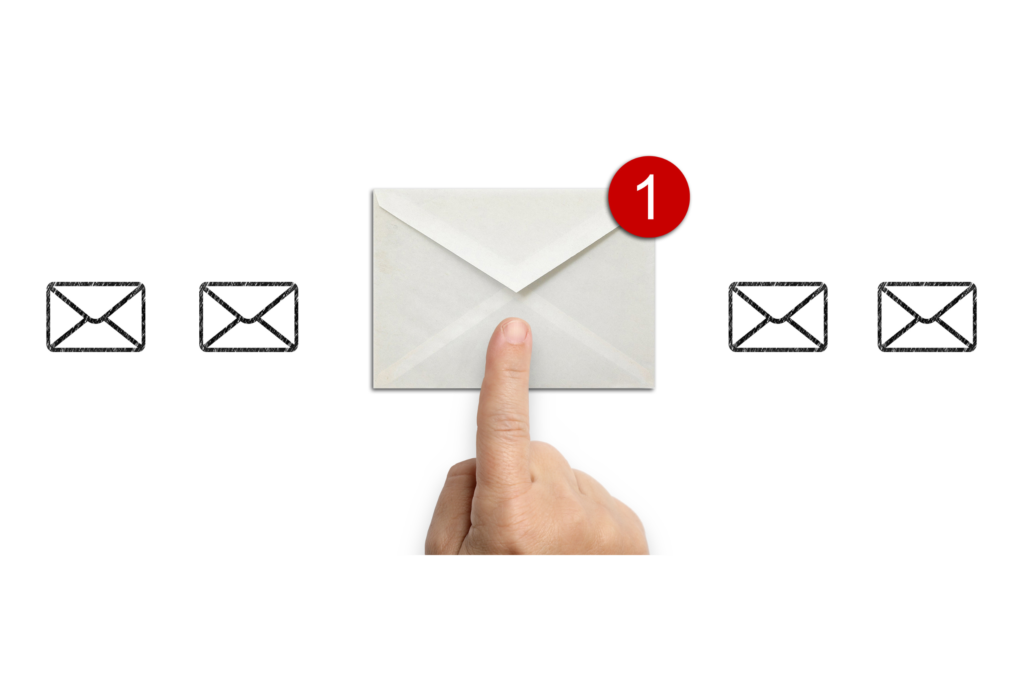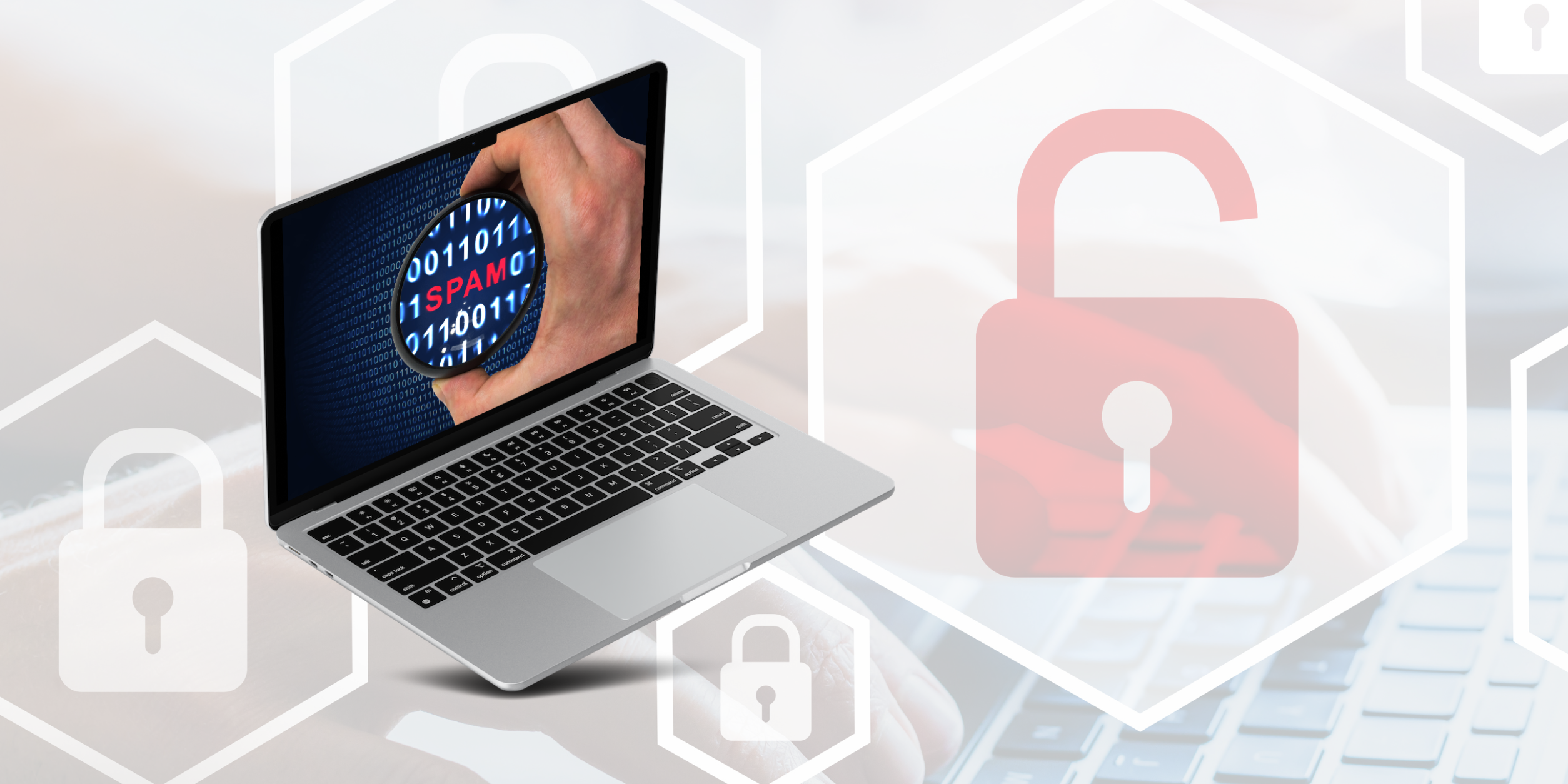Avoid phishing
Phishing is the process of obtaining personal information, such as passwords or login credentials, by impersonating trusted email or text messages. The attacker attempts to trick the victim into revealing personal credentials or opening dangerous links and attachments.
The following email security standards exist to prevent phishing attacks:
1. Sender Policy Framework (SPF)
SPF is an email authentication technique used to prevent email spoofing. Setting up an SPF record prevents attackers from abusing your domain to send unauthorized and malicious emails. The SPF protocol is a common method for combating spam emails and is also used in the DMARC specification. An SPF record is a TXT record in a domain's DNS (Domain Name Service). This entry contains a list of all authorized hostnames/IP addresses that are authorized to send email on behalf of your domain. Correctly configuring the SPF record improves the deliverability of your emails and protects you from malicious emails sent under your domain name.
2. Domain Keys Identified Mail (DKIM)
DKIM verifies the authenticity of the sender server of a message. A signature is stored in the message, which can be verified via a DNS entry in the domain. Activating DKIM prevents spoofing of the “DISPLAY FROM” address in the email header. DKIM thus increases email delivery security and allows your organization to take responsibility for the delivery of a message so that the recipient can verify it. This means cybercriminals cannot spoof the “DISPLAY FROM” address that is displayed to the end user.
3. Domain-Based Message, Authentication, Reporting and Conformance (DMARC)
A published DMARC record can be verified by the recipient server. This checks whether the DKIM signature and the IP address used in the SPF entry are present and correct. To use DMARC, SPF and DKIM must be enabled. Here are the key details about DMARC:
- Built on top of the SPF and DKIM security standards, it is an email authentication, policy setting, and reporting protocol.
- Makes it easier for senders and recipients to determine whether a particular message is legitimate and what action should be taken if it is not.
- SPAM and phishing messages can be more easily identified and kept out of users' inboxes.
- Takes the guesswork out of how to handle failed messages for the recipient and limits or eliminates the risk of fraudulent and harmful messages to the end user.
- Provides the recipient with the ability to tell the sender whether a sent message passed DMARC verification or not.

Added value of EMail security standards against phishing
These days, most domains already have SPF records set up. However, DKIM and DMARC are often viewed as purely technical issues, without considering their importance in protecting brand identity and reputation. A brand can only be protected if it is transparent about domain verification, integrity, and its own practices and content.
The activation of DKIM offers the following added value for your company:
- Safety – Protect against phishing and fraud by checking and determining which messages are from you and which are not
- tRADEMARK – Protect your brand with signed email headers
- integrity – Confirmation that the data contained in the DKIM signature was not changed during transmission
The activation of DMARC offers the following added value for your company:
- Safety – Prevent your employees from falling victim to phishing scams and endangering the security of your company
- tRADEMARK – Block fake news that could damage your brand’s reputation among customers
- visibility – Monitor emails sent through your domain to ensure they are properly authenticated with SPF and/or DKIM
Our service
- Setting up DKIM for the domain
- Setting up DMARC for the domain
- Monitoring and support regarding fine-tuning of DMARC
- The estimated time required for implementation is approximately 3-4 hours
We would be happy to support you in determining the right email security standard. Book a free consultation:




